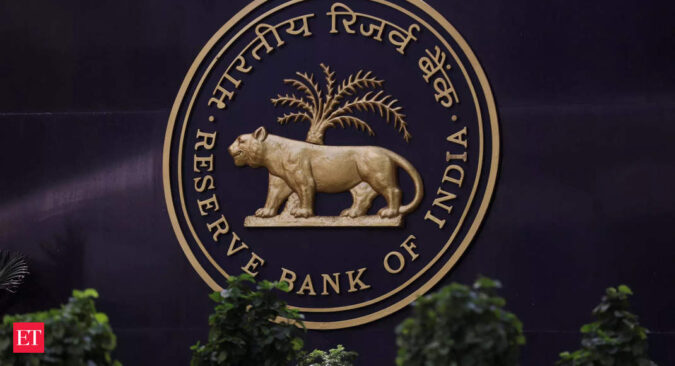Financial markets, in the business of reading the future from the present, were excited that interest rate increases are behind after the RBI did not raise rates. But Governor Shaktikanta Das snatched the candy back in less than a minute.
“We want to emphasise and drive home the point that it is a pause for this meeting only,” Das told reporters. This, probably, is the first time that Governor Das went out of his way to caution traders not to read too much into what he did – rather, what he did not do.
The Monetary Policy Committee unanimously decided to leave interest rates unchanged – contrary to market expectations of a quarter point increase. It kept the stance focused on withdrawal of accommodation, with one of the members dissenting.
While the Governor’s utterances may have nullified the pleasant surprise of inaction on interest rates, many of the data points and the forecast from the central bank point to another direction that could leave rates where they are for a while.
Inflation is the primary objective of monetary policy – by design and by law. The MPC’s mandate is to target it at 4%, in a 2 percentage point band on either side. When Das paused on a hike, he did so looking into the future like central bankers do.
How does the inflation picture look through the RBI’s prism?It lowered the inflation forecast for the fiscal year to 5.2% from 5.3% earlier. It expects farm output, which comprises nearly half the Consumer Price Index, to be robust with prices of wheat already falling. Just days after OPEC+ move on crude output pushed up oil prices, it brought down its base case to $85 a barrel from $90.
It just doesn’t stop there. The central bank’s inflation projection models indicate that CPI reading could average 4.5% in FY25, ceteris paribus. It may be above the 4% target, but nearly 200 basis points lower than prevailing levels. A basis point is 0.01 percentage point.
The primary driver behind India’s inflation targeting framework after the 2013 currency crisis was to prevent dislocation in financial markets due to negative real returns for savers.
Granting a deviation of 50 basis points to the next fiscal forecast, the repo rate of 6.5% provides for as high as 150 basis points of positive real returns. That is enough cushion for the central bank when it comes to financial stability.
“With the likely softening of CPI to low- to mid-5% levels in the coming months, the current repo rate of 6.5% implies that India’s real policy rate will hover around 1% during 2023-24, while maintaining a policy rate differential of about 1.5% with the US,” said Siddhartha Sanyal, economist at Bandhan Bank. “This clearly helped the decision of a pause on the repo rate.”
Sanyal was the only respondent among the 10 polled by ET to have forecast the pause.
Given that the RBI is comfortably positioned, unless a calamity drives it to revisit its position, the central bank is poised to be on pause for a while. But Governor Das wants the market to believe otherwise.
“Don’t take it as a pause for several meetings in the future or for all times to come,” said Das. “The future will decide. We will make our analysis of the evolving outlook and make a decision. Beyond that I would not like to tie myself down to specific commitments.”
This may be Das’ insurance policy against uncertainties after a policy review that did not happen! But this may be an ‘inaction’ phase, albeit a short one, ceteris paribus.
